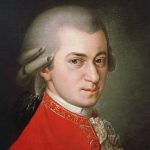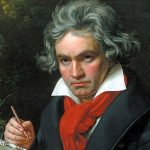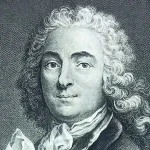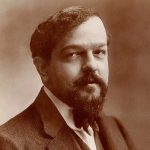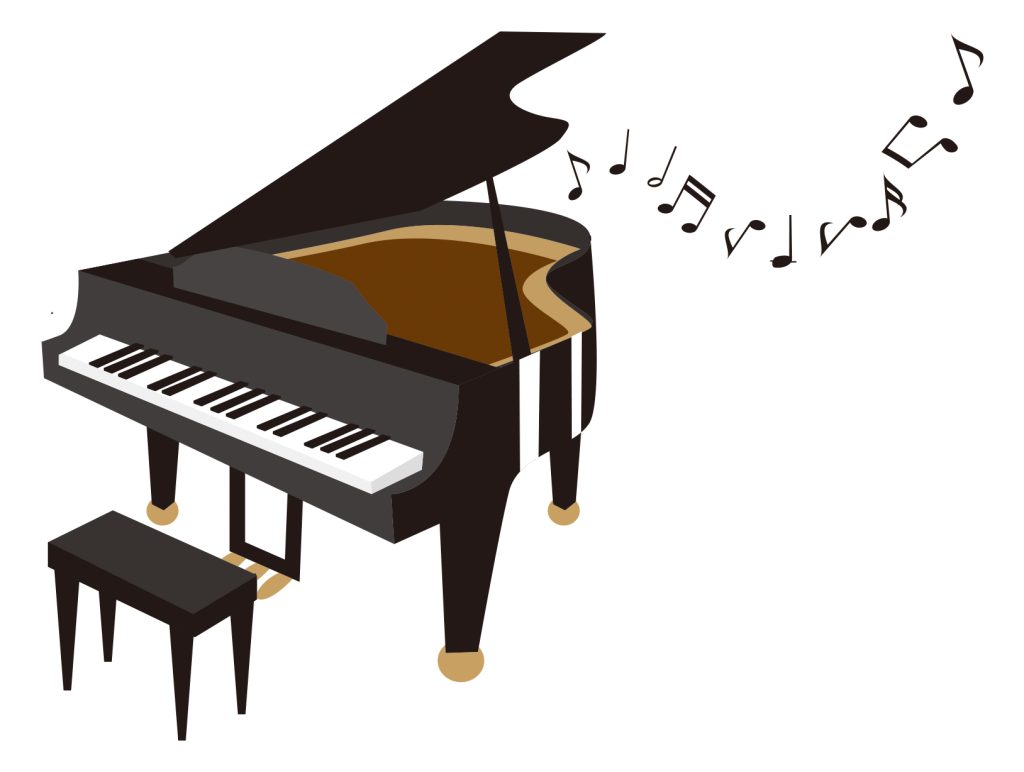
The piano is an instrument that can create entire worlds with just a single performer.
Its tone can whisper in silence, roar with passion, and evoke memories and emotions without a single word.
Here are 10 piano masterpieces—ranging from classical to contemporary—that have resonated across time and culture, continuing to move listeners around the world.
Richard Clayderman "Ballade pour Adeline"
Richard Clayderman’s Ballade pour Adeline, released in 1977, is one of his most iconic piano instrumentals. Composed by French songwriter Paul de Senneville, it is characterized by its gentle, flowing melody and romantic atmosphere. The piece became a worldwide hit and brought Clayderman international fame. Even today, it remains a timeless classic, beloved as a staple of modern piano music.
George Winston "Longing/Love"
George Winston’s Longing/Love, featured on his 1980 album Autumn, is a solo piano piece known for its quiet, transparent melody and gentle harmonies. The music evokes images of nature and the changing seasons, creating a poetic and reflective atmosphere. Simple yet deeply moving, it stands as one of Winston’s signature works and continues to be cherished by listeners around the world.
Mozart "Piano Sonata No. 16"
Mozart’s Piano Sonata No. 16 in C major, K.545, composed in 1788, is often referred to as the “Sonata for Beginners.” It is characterized by its clear, graceful melodies and light, lively rhythms, showcasing Mozart’s elegance and simplicity. Technically more accessible than many of his other works, it has long been favored by piano students while remaining a timeless classic frequently performed by pianists of all levels.
Beethoven "Für Elise"
Beethoven’s Für Elise, composed around 1810, is one of his most widely recognized piano pieces. It is distinguished by its delicate, flowing melody and charming character, making it a favorite among both beginners and professional pianists. The true identity of “Elise” remains a mystery, adding an element of intrigue that continues to enhance the piece’s enduring appeal.
Franz Liszt "La Campanella"
Franz Liszt’s La Campanella, completed in 1851 as the third piece in his Grandes études de Paganini, is based on a theme by the violinist Niccolò Paganini. The work is distinguished by its light, bell-like melodies and dazzling virtuosity, demanding extraordinary technical skill from the pianist. Known as one of the most challenging pieces in the piano repertoire, it stands as a symbol of Liszt’s brilliance and remains a beloved masterpiece worldwide.
Erik Satie "Gymnopédie No. 1"
Erik Satie’s Gymnopédie No. 1, composed in 1888, is one of his most famous piano works. It is characterized by its slow tempo and simple, repetitive harmonies, creating a calm and dreamlike atmosphere. Despite its simplicity, the piece carries a unique resonance and is often regarded as a forerunner of impressionist and ambient music. Today, it remains a timeless classic, cherished by listeners around the world.
Chopin "Nocturne No. 2"
Chopin’s “Nocturne No. 2 in E-flat Major, Op. 9-2” is a beautiful piano piece composed between 1830 and 1831. It is characterized by flowing melodies and delicate ornamentation, full of elegance and lyricism. Beneath its calm, dreamy atmosphere lies a sense of passion, making it one of the most representative nocturnes that embody Chopin’s poetic sensibility.
Bach (attributed to Christian Petzold) "Minuet in G major"
Minuet in G major, once attributed to J.S. Bach but now recognized as the work of Christian Petzold, is included in the Notebook for Anna Magdalena Bach. It is distinguished by its bright and accessible melody, making it a popular choice for beginner piano students. Simple yet elegant, the piece continues to be cherished as a charming miniature in the classical repertoire.
Pachelbel "Canon in D (piano arrangement)"
Pachelbel’s Canon (Piano Arrangement) is based on his original Canon and Gigue in D major, composed in the late 17th century for string ensemble. It is known for its simple yet beautiful harmonic progression and repetitive structure, which convey a sense of solemnity even in the piano version. Popular at weddings and recitals, it remains a timeless classic cherished across generations.
Debussy "Clair de Lune"
Debussy’s Clair de Lune is a piano piece composed around 1890 and later included in the Suite Bergamasque. Characterized by its gentle, flowing melody and delicate harmonies, it evokes the quiet of night and the dreamlike atmosphere of moonlight. As one of the most beloved works of Impressionist music, it has become a timeless classic cherished worldwide.
The piano’s voice is intimate yet expansive.
Whether played softly in the background or as the centerpiece of a grand concert, it has the power to heal, to inspire, and to stay in our memories.
The 10 pieces introduced here continue to transcend language, time, and borders—one note at a time.



